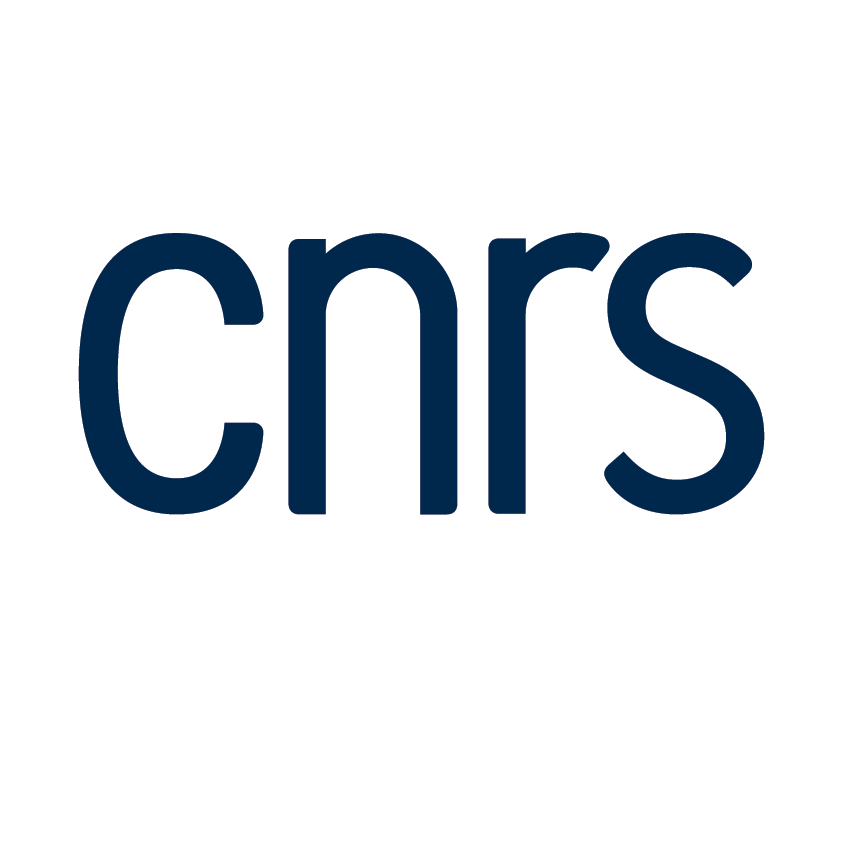Retour
Séminaire de Calcul Scientifique et Modélisation
Methods for Multi-Material Hydrodynamic in Lagrangian framework
Jérôme Breil
( CELIA )Salle de Conférences
le 15 mai 2014 à 11:00
We present in this work different numerical methods to treat multi-material hydrodynamic flow. Lagrangian formalism is a natural framework to treat material interfaces as the mesh follow each material during the computation. When strong deformation occurs Arbitrary Lagrangian-Eulerian (ALE) methods were introduced to handle such flow. ALE involves the following three phases: a Lagrangian phase where the mesh is moved with the fluid velocity; a rezone phase in which the nodes of the computational grid are moved to more optimal positions; a remap phase which consists of interpolating conservatively the Lagrangian solution onto the rezoned grid. In the context of multi-material computations, grid and fluid move separately, and mixed cells containing two or more materials could appear. These mixed cells contain material interfaces, need special treatment to be taken into account. The multi-material modeling utilizes interface reconstruction method well suited for immiscible fluids. This is done using the Moment of Fluid (MOF) method. In ALE methods the new mesh from the rezone phase is obtained by moving grid nodes without changing connectivity of the mesh. Such rezone strategy has its limitation due to the fixed topology of the mesh. A new method where we allow connectivity of the mesh to change during the computation is then used. This new method is named reconnection-based arbitrary-Lagrangian-Eulerian (ReALE) and leads to general polygonal mesh. It allows to follow Lagrangian features of the mesh much better than for standard ALE methods. Rezone strategy with reconnection is based on using Voronoi tessellation. Furthermore, in the context of multi-material computations using ReALE method (as for standard ALE method) interface is reconstructed in the polygonal cell.




